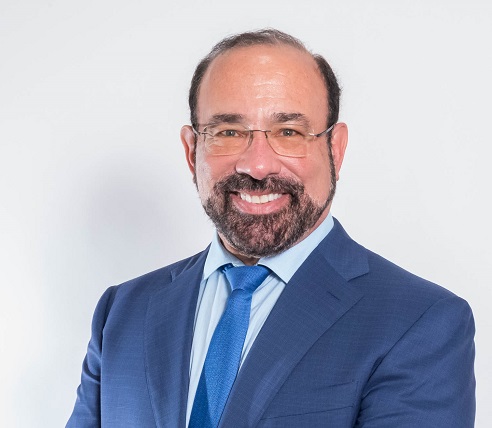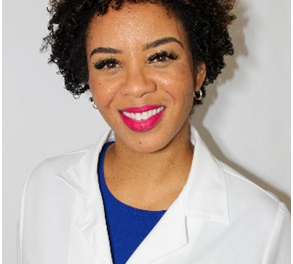By Charles A. Michelson, AIA, ACHA, LEED AP
Healthcare workers around the globe have long realized the additional need for behavioral healthcare providers and clinics. With the ongoing pandemic, a significant layer of stress has been added to the public, in addition to the general polarization we are witnessing across the country. The results of stress, anxiety, and other mood disorders play themselves out over the daily news with pointless attacks and crimes that are incomprehensible under most circumstances.
The need for more mental health providers and newer facilities has never been more important. The increased need for this type of healthcare now consists of long wait periods for those in critical need. Waits of up to three months for psychologists and longer for psychiatrists are now the norm, not the exception.
Existing mental health facilities have quickly become overcrowded and obsolete. Modern facilities need to address this as well as the new philosophies and medications in treating mental illness, such as psychedelic therapy that are clinician-prescribed guided experiences. Special consideration must also focus on behavioral health clinic acoustics, since emotional conversation can be loud, tearful, and sometimes hostile as part of therapy.
The design of behavioral health facilities must also consider caregivers. Safety features must be incorporated into the design and appropriate barriers put in place to protect caregivers and other staff in the event of a potentially violent situation. Caregivers need to feel safe within their center, knowing they will not be trapped.
Additionally, the design of a behavioral health center needs to have the appropriate spaces, as much natural light as possible, and outdoor spaces for caregivers to decompress and prepare for their next client.
As with any other modality of healthcare, changes and advancement require the appropriately designed facilities to best service our community, requiring updated facilities than those designed in the past. Mental health telemedicine is also one component of improved treatment. Better outpatient facilities need to be provided that offer a variety of treatment opportunities under a single roof. Be it individual sessions, group therapy activity rooms, medical or drug therapies, the design of new facilities will enhance treatment through a warm and soothing environment.
As an architect, I have always believed that good design can assist with positive clinical outcomes. Our mental health outpatient facilities should be warm and inviting spaces, conveying a sense of respect to facility clients. The interiors of these facilities should allow the safety and comfortable flow of people without bottlenecks. As much natural light as possible should also be incorporated into the space, as the benefits of any biophilic architecture have been well documented.
Charles Michelson is President of Saltz Michelson Architects. For more information, visit www.saltzmichelson.com.


























